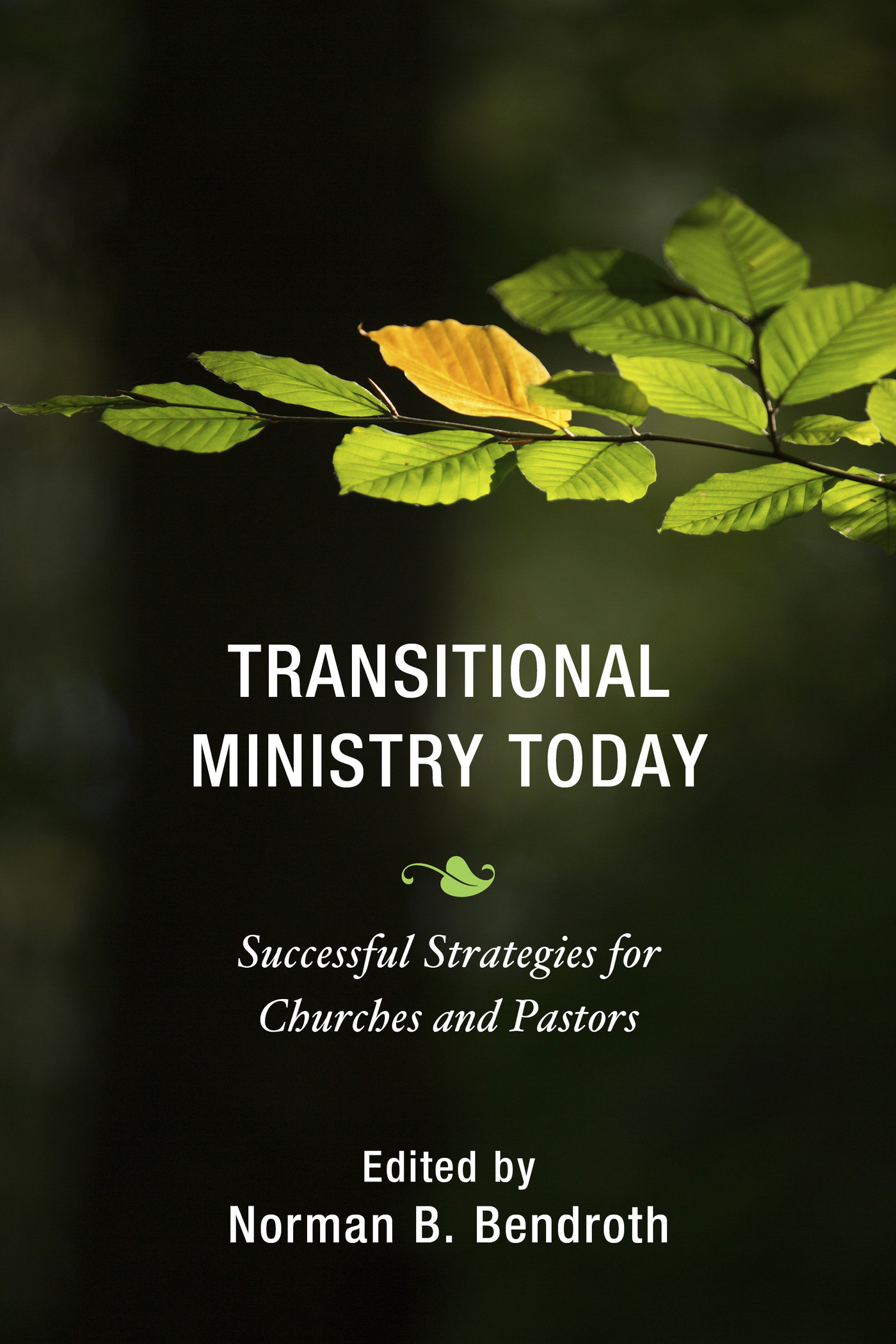Transitional Ministry Today
Transitional Ministry Today
Successful Strategies for Churches and Pastors
Edited by Norman B. Bendroth

An Alban Institute Book
ROWMAN & LITTLEFIELD
Lanham Boulder New York London

Published by Rowman & Littlefield
A wholly owned subsidiary of The Rowman & Littlefield Publishing Group, Inc.
4501 Forbes Boulevard, Suite 200, Lanham, Maryland 20706
www.rowman.com
Unit A, Whitacre Mews, 26-34 Stannery Street, London SE11 4AB
Copyright 2015 by Rowman Littlefield
All rights reserved. No part of this book may be reproduced in any form or by any electronic or mechanical means, including information storage and retrieval systems, without written permission from the publisher, except by a reviewer who may quote passages in a review.
British Library Cataloguing in Publication Information Available
Library of Congress Cataloging-in-Publication Data
Transitional ministry today : successful strategies for churches and pastors / edited by Norman B. Bendroth.
pages cm
"An Alban Institute book."
Includes bibliographical references and index.
ISBN 978-1-56699-766-9 (cloth : alk. paper) -- ISBN 978-1-56699-750-8 (pbk. : alk. paper) -- ISBN 978-1-56699-751-5 (electronic)
1. Interim clergy. 2. Change--Religious aspects--Christianity. I. Bendroth, Norman B., editor.
BV676.3.I58 2014
253--dc23
2014033957
 TM The paper used in this publication meets the minimum requirements of American National Standard for Information Sciences Permanence of Paper for Printed Library Materials, ANSI/NISO Z39.48-1992.
TM The paper used in this publication meets the minimum requirements of American National Standard for Information Sciences Permanence of Paper for Printed Library Materials, ANSI/NISO Z39.48-1992.
Printed in the United States of America
For David,
Dear brother, wonderful friend, lover of the Church,
and
Peggy,
My polestar, delight, and fellow traveler
Acknowledgments
There is an old New England saying that if you ever see a turtle on a stump, he didnt get there by himself. Like most major ventures, we never do them completely on our own. I would first of all like to thank the Louisville Institute for providing me with a Pastoral Study Project Program grant to undertake this project. The funds allowed me to spend a more leisurely summer doing research, writing, and continuing education. A grant from the Carpenter Foundation was also a boon to this project. Its funding provided opportunities to gather authors and transitional ministry practitioners together for conversations in Indianapolis, Cleveland, and Boston.
I am particularly grateful to John Mokossion, executive director, and Dayl Hufford, clinical director, of the New England Pastoral Institute, where I am the coordinator of Church and Clergy Resources. Their faith in me and the project is deeply appreciated, and our hope is that this book may open up more ministry opportunities for this wonderful and creative agency.
Early conversation partners when this venture began included Nancy Ammerman, professor of sociology of religion at Boston University; Terry Foland, founding member of the Interim Ministry Network and active in the Association of Disciples Intentional Interim Ministers (ADIIM); Jim Lewis, former director of the Louisville Institute; Ken McFayden, professor of ministry and leadership development at Union Presbyterian Seminary in Richmond, Virginia; Bill McKinney, sociologist of religion and former president of the Pacific School of Religion; Susan Nienaber, former consultant with the Alban Institute, now with the Congregational Consulting Group; Karen Olson, missioner for ministry for the Episcopal Church of Minnestoa; Larry Ousley, director of the United Methodist Center for Intentional Growth; and Harris Schultz and Paul Svingen, active with the National Association of Lutheran Interim Pastors (NALIP).
Id also like to thank my colleagues from the Interim Ministry Network, particularly Margaret Bain, Lynn Carman Bodden, Leigh Earley, Cynthia Hueey, John Keydel, Bob Livingston, Ineke Mitchell, Bill Peterson, Michael Remson, and Molly Dale Smith for their thoughts and contributions. The cohort of interim ministers from a variety of denominations and judicatory officials in the United Church of Christ within New England who gathered for conversation on a number of occasions were great sources of wisdom, kvetching, and shared practices. I especially want to thank Leslie Ann Chatfield, Susie Craig, Barbara Libby, Don Remick, Charlotte Wright, and Laura Westby.
For the past five years a gang we call the Theologues has gathered on most Friday nights for good food, drink, and conversation. At first we would pick a current event or theological topic to discuss. Now its just a good excuse to eat and drink too much and unwind at the end of the week (and to theologize). Many thanks to Kate, Don, Mary, Anne, Nancy, Tony, Karen, and Peggy for their ongoing encouragement and huzzahs.
I would be remiss if I didnt give a big shout out to my editor, Beth Gaede. She saved me from many a faux pas by asking, Whats the antecedent? Huh? Is this what you really mean? and much more. Thanks to her careful eye and comments on every chapter, this is a much better volume than it might have been.
My chief cheerleader, critic, and editor has been my wife of thirty-six years, Margaret Lamberts Bendroth. As a professional historian and director of the American Congregational Association she has been a wonderful conversation partner about the state of the Church past, present, and forecasting into the future. She, along with my two adult children, Nathan and Anna, and our menagerie of pets, is an inestimable source of joy and zaniness.
I
Transitional Ministry Today
Successful Strategies for Churches and Pastors
Chapter 1
Whither Transitional Ministry?
Norman B. Bendroth
The irony is that some specialists in transitional ministry are having a hard time making a transition, says Ken McFayden, professor of ministry and leadership development at Union Presbyterian Seminary in Richmond, Virginia. He is not alone in saying that it is time to rethink how denominations, churches, and intentional interim ministers do transitional ministry within twenty-first-century realities.
This project began during the summer of 2011 when I was between interim ministry positions. I had written a piece for TheChristian Century on interim ministry, and they turned it down because it didnt tell of anything new going on within the practice. Also at that time, a number of articles came out that were critical of interim ministry. Several were by colleagues I respected. While some of criticisms were based on misinformation and bad experiences with some interim ministers, there was enough restlessness about the current model to demand attention.
I began my research by calling judicatory officials across denominations who oversaw transitional ministry, interim ministry specialists, leaders of denominational interim ministry organizations (and there are a lot of them), and observers of American church life. They in turn referred me to churches, judicatories, practitioners, and pastors who were doing creative work or experimenting with different models. This led to an article, Rethinking Transitional Ministry, published in Congregations
Next page
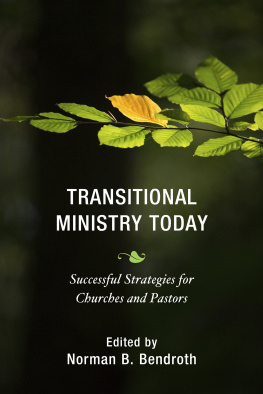
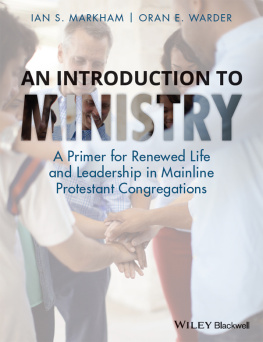
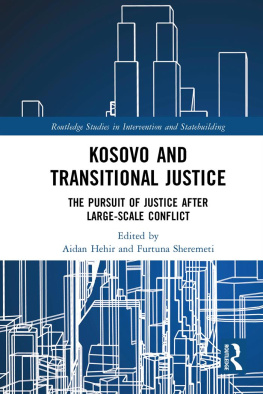
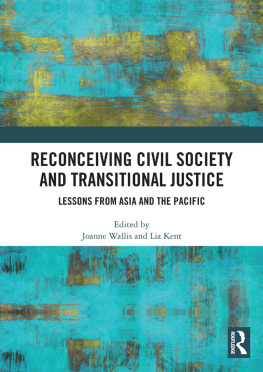
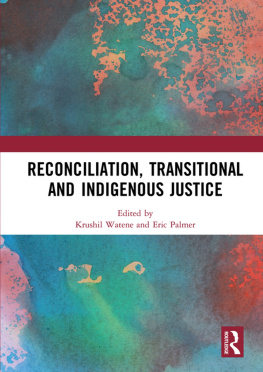
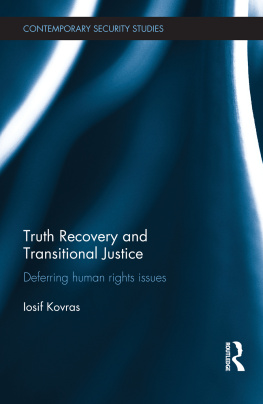
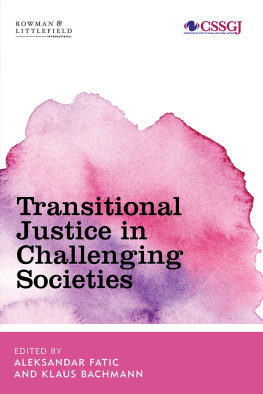

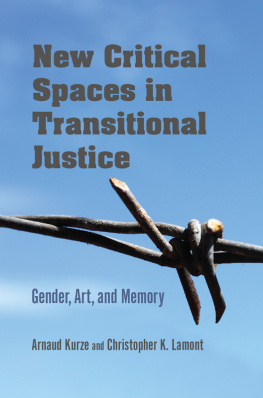

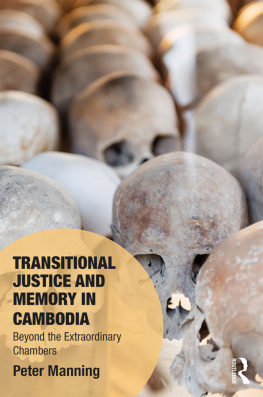
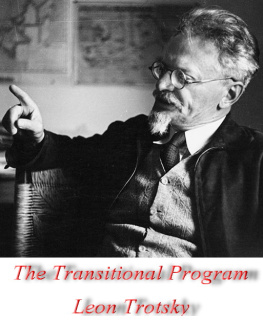
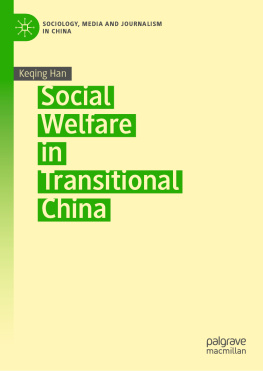


 TM The paper used in this publication meets the minimum requirements of American National Standard for Information Sciences Permanence of Paper for Printed Library Materials, ANSI/NISO Z39.48-1992.
TM The paper used in this publication meets the minimum requirements of American National Standard for Information Sciences Permanence of Paper for Printed Library Materials, ANSI/NISO Z39.48-1992.